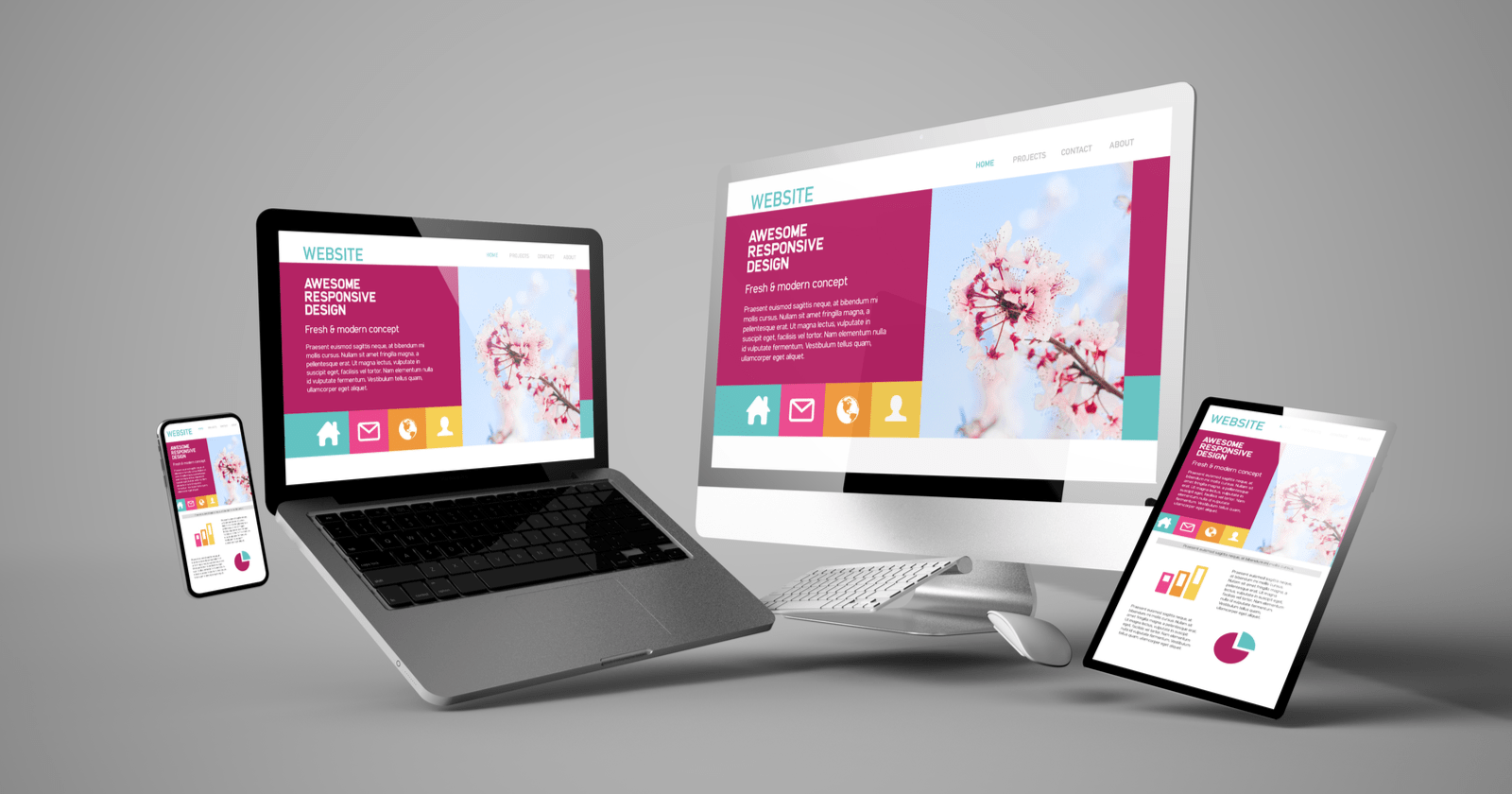In today’s digital world, having an online platform has become a necessity for businesses and individuals alike. An online platform can be a website, social media profile, or even a mobile application. It enables businesses to reach a wider audience, engage with customers, and showcase their products and services. In this article, we will explore how to design an online platform that is visually appealing, user-friendly, and effective in achieving your goals.
Understanding Your Target Audience
Before designing an online platform, it is essential to understand your target audience. Knowing who your audience is, their preferences, and their needs can help you design a platform that caters to them. Start by defining your target audience based on demographics such as age, gender, location, and interests. Once you have a clear idea of who your target audience is, you can design a platform that is tailored to their needs.
Defining Your Goals
The next step is to define your goals. What do you want to achieve with your online platform? Is it to increase sales, generate leads, or promote your brand? Defining your goals will help you design a platform that is aligned with your business objectives. Ensure that your goals are specific, measurable, achievable, relevant, and time-bound.
Choosing the Right Platform
There are various online platforms to choose from, such as a website, social media profile, or mobile application. The platform you choose will depend on your goals, target audience, and budget. If you want to showcase your products or services, a website is an ideal option. If you want to engage with customers, social media profiles can be a great option. If you want to provide a personalized experience, a mobile application can be an excellent choice.
Creating a User-Centric Design
The design of your online platform should be user-centric. It should be visually appealing, easy to navigate, and provide a seamless user experience. Ensure that your platform is responsive, meaning it can be accessed from any device, such as a desktop, tablet, or smartphone. Use a clean and simple design with a clear hierarchy of information. Use high-quality images and videos to make your platform more engaging.
Developing a Content Strategy
Content is the backbone of any online platform. It is what drives traffic and engagement. Develop a content strategy that is aligned with your business objectives and target audience. Create high-quality and engaging content that is relevant to your audience. Use keywords and phrases that your audience is likely to search for to improve your search engine ranking.
Incorporating SEO
Search engine optimization (SEO) is essential for improving your online visibility. It involves optimizing your content and website for search engines such as Google. Incorporate SEO best practices such as using relevant keywords, optimizing images and videos, and creating meta descriptions. Ensure that your website is mobile-friendly, as Google ranks mobile-friendly websites higher in search results.
Testing and Optimization
Testing and optimization are critical for the success of your online platform. Conduct user testing to identify any usability issues or bugs. Use analytics tools to track user behavior and engagement on your platform. Use this data to optimize your platform, such as improving load times, reducing bounce rates, and increasing conversions.
Conclusion
Designing an online platform requires a user-centric approach, a clear understanding of your target audience and goals, and a focus on SEO and content strategy. By following these guidelines, you can design a platform that is visually appealing, user-friendly, and effective in achieving your business objectives.
FAQs
An online platform is a digital space where businesses or individuals can showcase their products, services, or ideas.
There are various types of online platforms, such as websites, social media profiles
There are various types of online platforms, such as websites, social media profiles, mobile applications, and e-commerce stores.
Understanding your target audience is crucial as it helps you design a platform that caters to their needs and preferences, improving engagement and conversion rates.
SEO is the practice of optimizing your online content and website to rank higher in search engines. It is essential for online platforms as it increases visibility and drives traffic to your platform.
Optimization is an ongoing process. Regularly analyzing user behavior and engagement data and making necessary improvements can ensure that your platform remains effective and relevant to your audience.
Designing an online platform may seem like a daunting task, but by following these guidelines, you can create a platform that is effective and user-friendly. Remember to focus on your target audience, define your goals, choose the right platform, create a user-centric design, develop a content strategy, incorporate SEO, and test and optimize your platform regularly. With dedication and effort, you can create an online platform that helps you achieve your business objectives and engages your audience.








